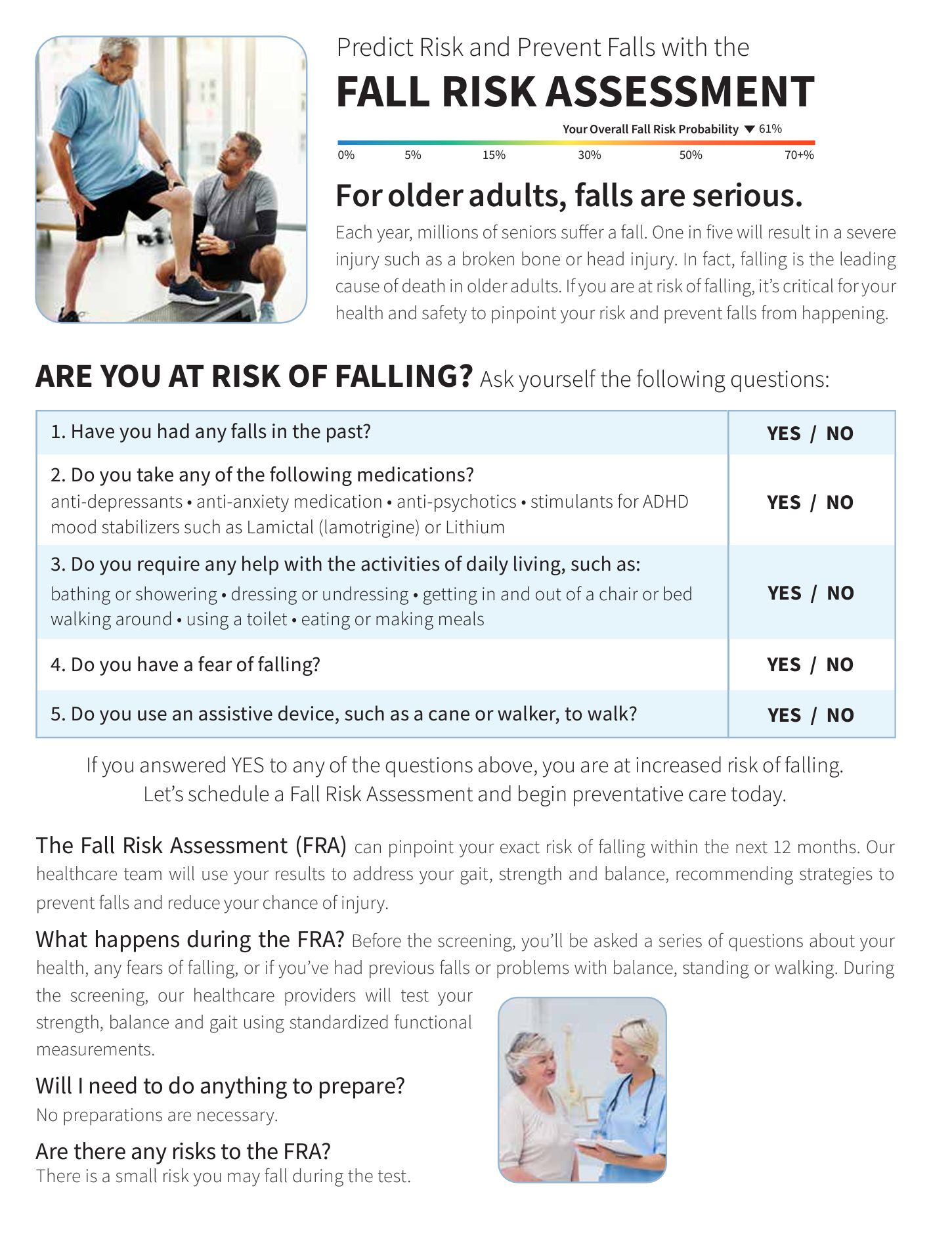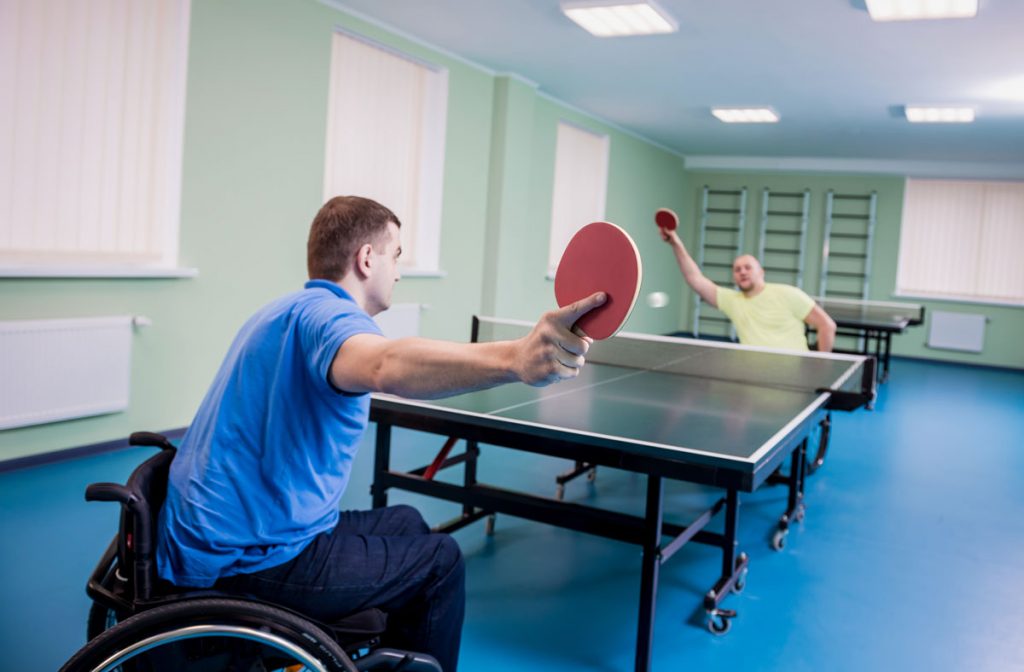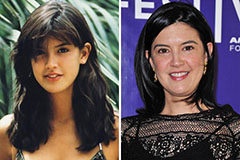The Single Strategy To Use For Dementia Fall Risk
Table of ContentsThe Ultimate Guide To Dementia Fall RiskDementia Fall Risk Can Be Fun For EveryoneTop Guidelines Of Dementia Fall RiskThe Greatest Guide To Dementia Fall Risk
A fall threat analysis checks to see how likely it is that you will certainly fall. The assessment typically includes: This consists of a series of concerns regarding your total health and if you've had previous drops or problems with balance, standing, and/or strolling.Interventions are recommendations that might minimize your risk of dropping. STEADI consists of three actions: you for your danger of falling for your threat variables that can be improved to attempt to avoid falls (for instance, equilibrium problems, damaged vision) to lower your danger of falling by utilizing effective approaches (for instance, providing education and learning and resources), you may be asked numerous inquiries including: Have you fallen in the previous year? Are you worried regarding falling?
If it takes you 12 seconds or more, it might mean you are at greater threat for a loss. This examination checks stamina and balance.
The positions will get harder as you go. Stand with your feet side-by-side. Move one foot midway ahead, so the instep is touching the large toe of your other foot. Relocate one foot completely in front of the various other, so the toes are touching the heel of your other foot.
The 7-Minute Rule for Dementia Fall Risk
Most falls happen as a result of several contributing variables; as a result, managing the danger of dropping begins with determining the variables that add to drop danger - Dementia Fall Risk. Some of the most relevant danger aspects include: History of prior fallsChronic medical conditionsAcute illnessImpaired stride and equilibrium, reduced extremity weaknessCognitive impairmentChanges in visionCertain risky drugs and polypharmacyEnvironmental factors can additionally raise the danger for falls, consisting of: Insufficient lightingUneven or harmed flooringWet or unsafe floorsMissing or damaged hand rails and get barsDamaged or incorrectly fitted equipment, such as beds, mobility devices, or walkersImproper use assistive devicesInadequate supervision of individuals residing in the NF, consisting of those who display aggressive behaviorsA effective autumn danger monitoring program needs a thorough professional analysis, with input from all participants of the interdisciplinary team

The care strategy must likewise include treatments that are system-based, such as those that promote a risk-free setting (proper lights, handrails, get bars, and so on). The effectiveness of the interventions should be examined occasionally, and the care strategy changed as essential to show changes in the fall danger assessment. Implementing an autumn risk management system using evidence-based ideal practice can lower the occurrence of drops in the NF, while limiting the capacity for fall-related injuries.
Getting My Dementia Fall Risk To Work
The AGS/BGS guideline advises evaluating all grownups aged 65 years and older for loss threat each year. This testing includes asking people whether they have actually dropped 2 or more times in the previous year or sought clinical interest for an autumn, or, if they have not dropped, whether they feel unstable when walking.
People use this link that have fallen when without injury needs to have their balance and stride reviewed; those with gait or balance irregularities need to receive added assessment. A background of 1 fall without injury and without stride or equilibrium problems does not warrant more assessment beyond ongoing yearly fall danger screening. Dementia Fall Risk. An autumn threat evaluation is required as part of the Welcome to Medicare assessment

Dementia Fall Risk for Beginners
Documenting a drops history is just one of the quality indicators for loss prevention and monitoring. An essential component of risk analysis is a medicine evaluation. Numerous classes of medicines boost fall threat (Table 2). copyright medicines in specific are independent forecasters of drops. These medications often tend to be sedating, alter the sensorium, and hinder equilibrium and stride.
Postural hypotension can usually be minimized by reducing the dosage of blood pressurelowering drugs and/or quiting medicines that have orthostatic hypotension as an adverse effects. Use above-the-knee support hose and copulating the head of the bed raised might additionally minimize postural decreases in high blood pressure. The preferred aspects of a fall-focused checkup are shown in Box 1.

A TUG time above or equal to 12 secs recommends high loss threat. The 30-Second Chair Stand test examines lower extremity toughness and equilibrium. Being not able to stand from a chair of knee height without utilizing one's arms suggests raised autumn risk. The 4-Stage Equilibrium examination analyzes fixed balance by having the client stand in 4 settings, each progressively extra difficult.
 Hallie Eisenberg Then & Now!
Hallie Eisenberg Then & Now! Karyn Parsons Then & Now!
Karyn Parsons Then & Now! Monica Lewinsky Then & Now!
Monica Lewinsky Then & Now! Phoebe Cates Then & Now!
Phoebe Cates Then & Now! Stephen Hawking Then & Now!
Stephen Hawking Then & Now!